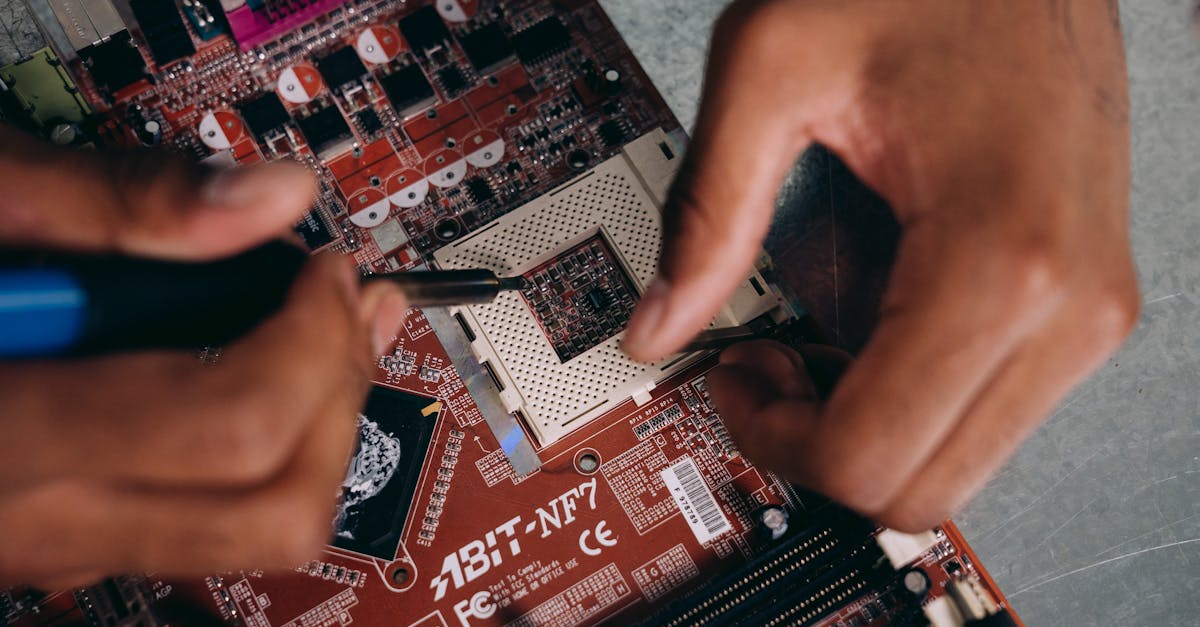Understanding Modular Synths
Modular synthesizers are incredibly versatile, allowing users to combine a variety of unique oscillators, filters, and modulators to create custom sounds. Understanding how these components interact is crucial before embarking on your PCB design journey.
Tools and Materials Needed
- Soldering Iron: Essential for assembling your PCB.
- Multimeter: For testing connections.
- PCB Design Software: Pick one that suits your experience level.
Step-by-Step PCB Design
1. Schematic Drawing
Begin by drafting a schematic. This visual representation lays the groundwork for successful PCB design.
2. Creating the PCB Layout
Use your software to convert the schematic into a physical board layout, considering component placements and signal paths.
3. Prototyping
Before mass production, prototype your design. This involves printing a sample PCB and assembling the components to test functionality.
Tips for Optimizing Your Design
- Keep Signal Paths Short: This reduces interference and improves performance.
- Use Quality Components: Higher quality components can significantly improve the sound and reliability of your modular synth.
Conclusion
DIY modular synthesizer PCB design can be a rewarding endeavor, giving you complete control over your musical expression. With the right tools and patience, you'll be able to create something truly unique.
Remember, the most important part is to have fun and experiment. Your next great sound could be just a PCB away!

